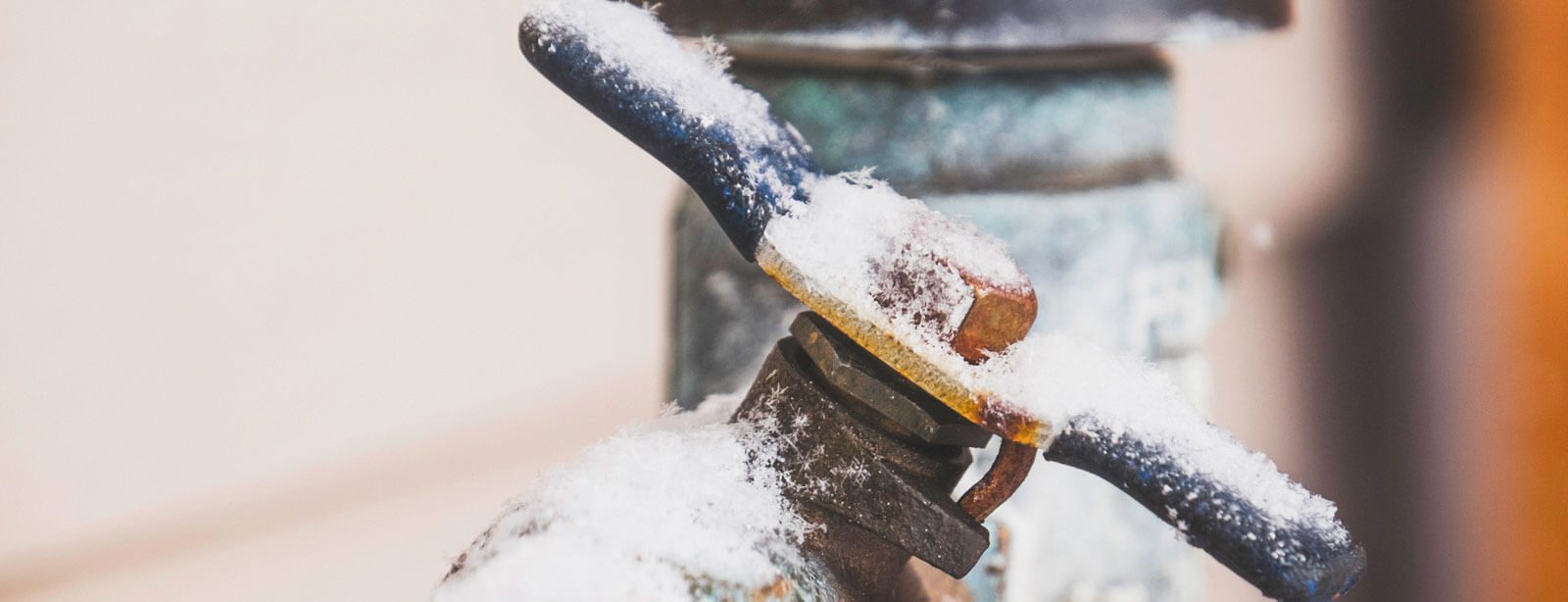Essential Advice to Avoid Frozen Pipes in Winter
Essential Advice to Avoid Frozen Pipes in Winter
Blog Article
Any individual may have their own unique assumption on the subject of 6 Ways to Prevent Frozen Pipes.

Cold weather can ruin your plumbing, especially by freezing pipes. Below's exactly how to avoid it from occurring and what to do if it does.
Intro
As temperatures decline, the threat of frozen pipelines rises, potentially resulting in pricey fixings and water damages. Comprehending just how to prevent icy pipelines is essential for house owners in cool environments.
Recognizing Icy Pipelines
What triggers pipes to ice up?
Pipelines freeze when subjected to temperature levels listed below 32 ° F (0 ° C) for expanded periods. As water inside the pipes ices up, it broadens, taxing the pipe wall surfaces and potentially triggering them to break.
Threats and problems
Icy pipes can lead to supply of water disturbances, property damage, and pricey repair work. Burst pipelines can flooding homes and cause extensive architectural damage.
Signs of Frozen Pipes
Recognizing frozen pipelines early can prevent them from breaking.
Exactly how to identify frozen pipes
Try to find decreased water flow from taps, unusual smells or sounds from pipes, and visible frost on subjected pipelines.
Avoidance Tips
Insulating vulnerable pipelines
Wrap pipelines in insulation sleeves or utilize warm tape to shield them from freezing temperature levels. Concentrate on pipes in unheated or external locations of the home.
Heating strategies
Keep indoor spaces properly heated, especially locations with plumbing. Open up cupboard doors to permit cozy air to flow around pipes under sinks.
Safeguarding Outside Pipes
Garden hose pipes and outside faucets
Detach and drain pipes garden tubes prior to winter. Mount frost-proof spigots or cover outside faucets with protected caps.
What to Do If Your Pipes Freeze
Immediate activities to take
If you presume frozen pipelines, keep faucets open to alleviate pressure as the ice thaws. Make use of a hairdryer or towels taken in warm water to thaw pipes gradually.
Long-Term Solutions
Architectural changes
Consider rerouting pipelines away from outside wall surfaces or unheated locations. Add added insulation to attics, cellars, and crawl spaces.
Upgrading insulation
Purchase top notch insulation for pipes, attics, and wall surfaces. Correct insulation assists preserve regular temperatures and reduces the danger of frozen pipes.
Final thought
Protecting against frozen pipes needs positive actions and fast responses. By understanding the causes, signs, and preventive measures, house owners can secure their pipes during cold weather.
6 Proven Ways to Prevent Frozen Pipes and Protect Your Home
Disconnect and Drain Garden Hoses
Before winter arrives, start by disconnecting your garden hoses and draining any remaining water. Close the shut-off valves that supply outdoor hose bibs and leave the outdoor faucet open to allow any residual water to drain. For extra protection, consider using faucet covers throughout the colder months. It’s also important to drain water from any sprinkler supply lines following the manufacturer’s directions.
Insulate Exposed Pipes
Insulating your pipes is an effective way to prevent freezing. Pipe insulation is readily available at home improvement stores and is relatively inexpensive. Pay close attention to pipes in unheated areas such as the attic, basement, crawl spaces, or garage. Apply foam insulation generously to create a buffer against the cold. You can also wrap your pipes in heat tape or thermostat-controlled heat cables for added warmth.
Seal Air Leaks
Inspect your home for any cracks or openings that could let in cold air. Seal any holes around the piping in interior or exterior walls, as well as the sill plates where your home rests on its foundation. Additionally, make sure to keep your garage door closed unless you’re entering or exiting. Leaving it open creates a significant air leak that can lead to frozen pipes.
Allow Warm Air Circulation
During cold snaps, it’s essential to allow warm air to circulate evenly throughout your home. Leave interior doors ajar to promote better airflow. Open kitchen and bathroom cabinets to help distribute heat consistently around the rooms. If you have small children or pets, be sure to remove any household chemicals or potentially harmful cleaners from open cabinets for safety.
Let Faucets Drip
A small trickle of water can make a big difference in preventing ice formation inside your pipes. When temperatures drop significantly, start a drip of water from all faucets served by exposed pipes. This continuous flow helps prevent the water from freezing. Additionally, running a few faucets slightly can relieve pressure inside the pipes, reducing the chances of a rupture if the water inside does freeze.
https://choateshvac.com/6-proven-ways-to-prevent-frozen-pipes-and-protect-your-home/

As an enthusiastic reader about How To Avoid Freezing Pipes, I was thinking sharing that chunk was really useful. For those who enjoyed our article kindly remember to share it. I take joy in your readership.
Schedule Service Report this page